An island nation called Madagascar is off the southeast coast of Africa, in the Indian Ocean. The least spoiled by human interference, it is the fourth largest island in the world. Nearly the entire nation is worth repeated explorations. Tourists, however, are unable to do that. A list of Madagascar’s top 5 attractions has been compiled below for the benefit of visitors. Almost everyone advises visitors to this island nation to visit the following places.
Royal Hill of Ambohimanga
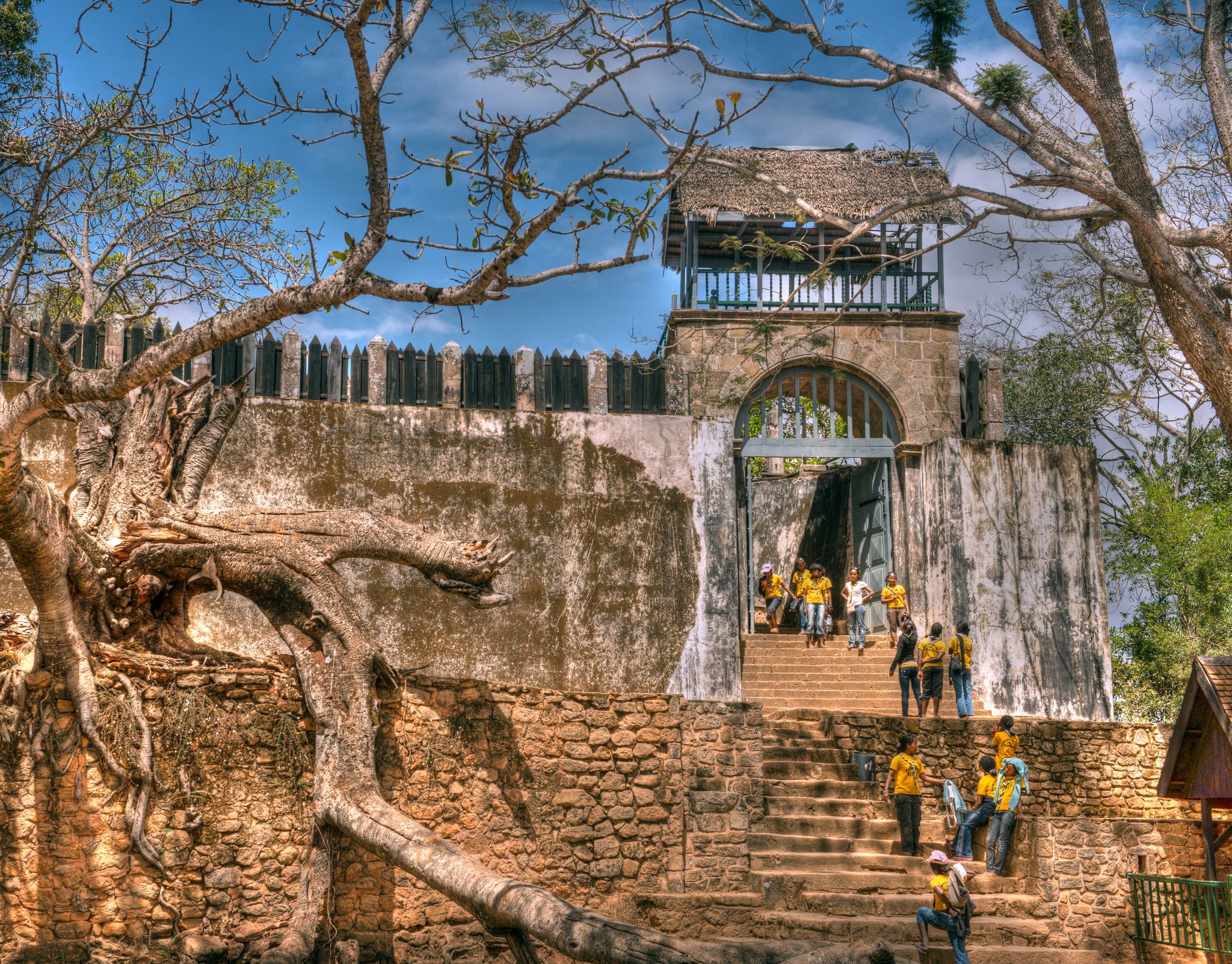 The nicknames “The Blue City,” “The Forbidden City,” and “The Holy City” have all been applied to Ambohimanga. It is recognized as a cultural identity and is thought to be the birthplace of the Malagasy people. The protected land also safeguards the remains of primary forest home to numerous endangered and therapeutic plant species. Tourists generally ignore it because they believe going to Madagascar will provide them a chance to see untouched natural diversity. Visit this location to see the Rova Palace, built with egg-white cement and features a vast circular gate that requires forty men to roll. A royal city comprises a logical group of structures divided by a royal enclosure. The Royal Hill of Ambohimanga is home to a royal city, a royal cemetery, and several sacred locations. It includes a public space (the Fidasiana), royal trees, a courtroom, and other heavenly natural or artificial places.
The nicknames “The Blue City,” “The Forbidden City,” and “The Holy City” have all been applied to Ambohimanga. It is recognized as a cultural identity and is thought to be the birthplace of the Malagasy people. The protected land also safeguards the remains of primary forest home to numerous endangered and therapeutic plant species. Tourists generally ignore it because they believe going to Madagascar will provide them a chance to see untouched natural diversity. Visit this location to see the Rova Palace, built with egg-white cement and features a vast circular gate that requires forty men to roll. A royal city comprises a logical group of structures divided by a royal enclosure. The Royal Hill of Ambohimanga is home to a royal city, a royal cemetery, and several sacred locations. It includes a public space (the Fidasiana), royal trees, a courtroom, and other heavenly natural or artificial places.
A system of ditches, fourteen reinforced stone gateways, and a system of fortifications make up the Royal Hill of Ambohimanga. The royal city consists of two residences, a small pavilion, an “ox pit,” two holy ponds, and four royal burials.
Ranomafana National Park
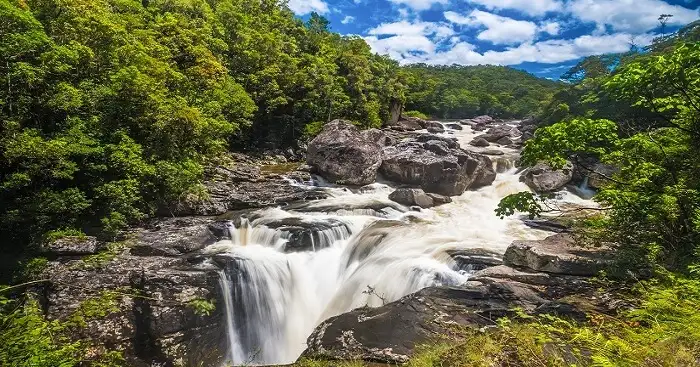 Ranomafana National Park is a must-see while on the island. You will introduce yourself to magnificent wildlife that includes rare and endangered species. You won’t be disappointed if you appreciate the outdoors and nature because these forests are home to many birds, butterflies, bats, and lemurs. This park is the only place uncommon plant species can be found. The soil and trees are covered in medicinal plants, orchids, and carnivorous plants. The mountain ranges surrounding the park offer fantastic hikes that please even the most ardent hiker.
Ranomafana National Park is a must-see while on the island. You will introduce yourself to magnificent wildlife that includes rare and endangered species. You won’t be disappointed if you appreciate the outdoors and nature because these forests are home to many birds, butterflies, bats, and lemurs. This park is the only place uncommon plant species can be found. The soil and trees are covered in medicinal plants, orchids, and carnivorous plants. The mountain ranges surrounding the park offer fantastic hikes that please even the most ardent hiker.
A thermal pool and its baths, known for their healing effects and are about 38°C, are right in front of you as you leave the park. It is necessary to pause after several hours of walking to unwind. Due to the frequent rains, providing impermeable clothes and anti-mosquito gels is crucial to warding against leeches and mosquitoes is vital. The Antsinana forests, which have a vibrant and varied flora and fauna, have qualified the sub-humid evergreen forest of Ranomafana park as a UNESCO World Heritage Site.
Ile Sainte Marie
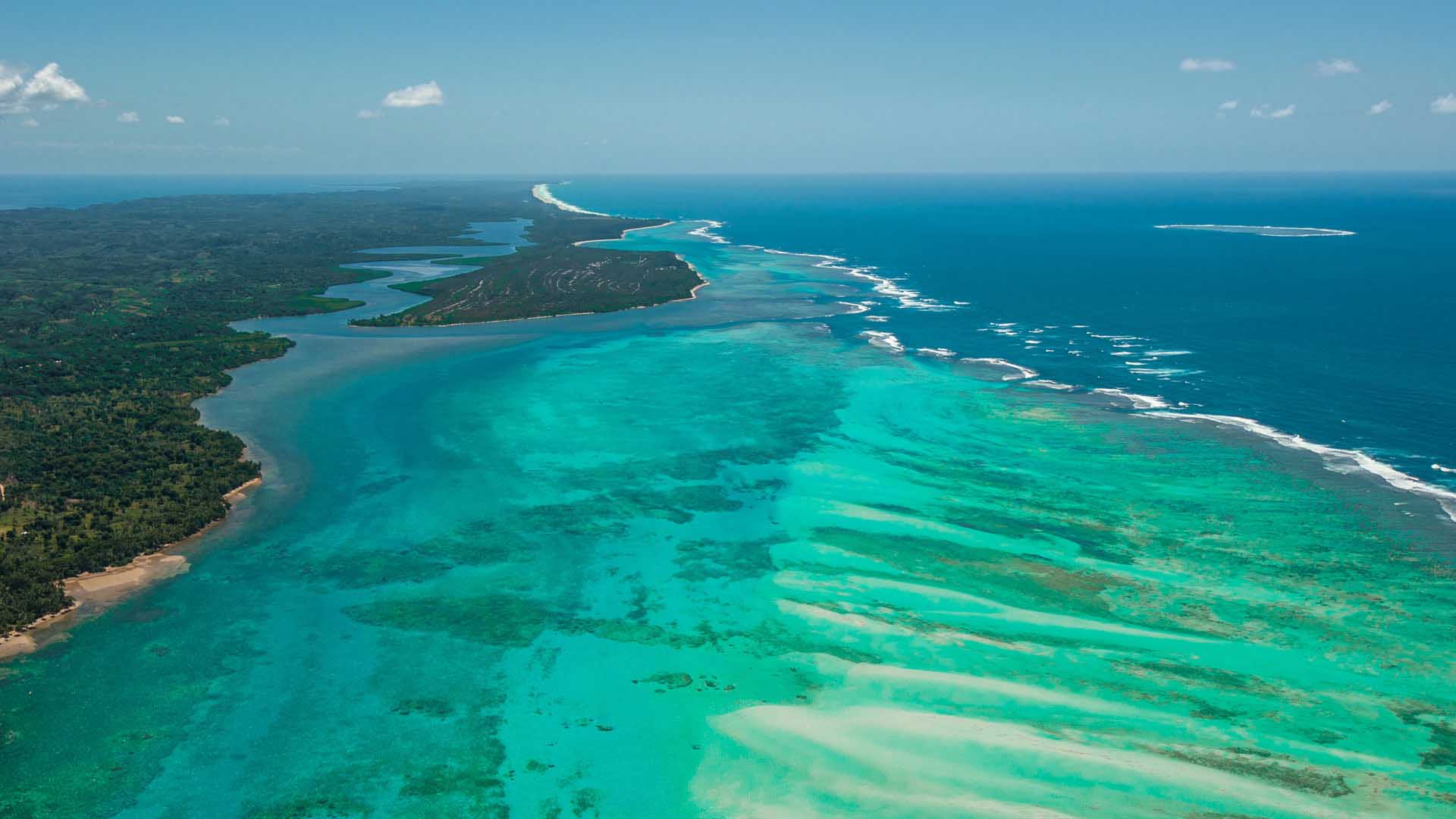 Ile Sainte Marie is a real place that has avoided mass tourism. It is a genuine haven of peace. Due to its proximity and lovely surroundings, which include beautiful beaches and fishing villages, it is well-liked by the people of the capital. The calm and quiet will ensure that you have a nice trip. Nosy Boraha, also known as Sainte Marie Island, is a well-liked tourist destination in Madagascar.
Ile Sainte Marie is a real place that has avoided mass tourism. It is a genuine haven of peace. Due to its proximity and lovely surroundings, which include beautiful beaches and fishing villages, it is well-liked by the people of the capital. The calm and quiet will ensure that you have a nice trip. Nosy Boraha, also known as Sainte Marie Island, is a well-liked tourist destination in Madagascar.
Northeast of Madagascar lies Sainte Marie Island, 60 kilometers long and 5 kilometers wide. It was once a pirate hideout with dense vegetation and a sound seabed. The island’s lagoon has significant coral formations that support the preservation of the island’s natural history.
Tsingy De Bemaraha
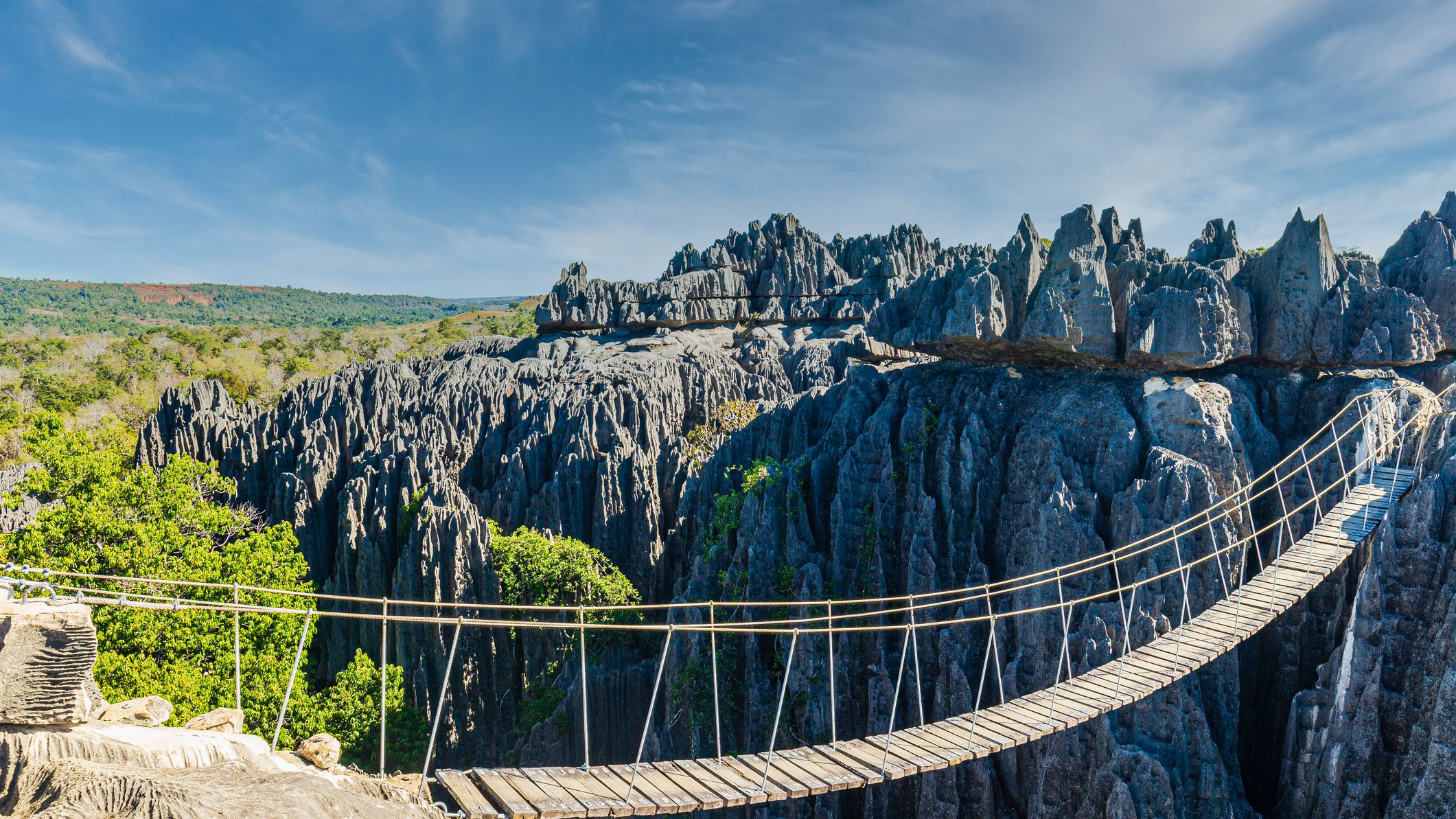 On the western coast of Madagascar, Tsingy de Bemaraha National Park is renowned for its breathtaking limestone formations. The name of this enormous 583 square kilometer park, Tsingy, which signifies “where one cannot walk barefoot or on tiptoes,” comes from the Malagasy language and refers to the western coast of Madagascar. Read on why you should visit this park on your next vacation to the United States.
On the western coast of Madagascar, Tsingy de Bemaraha National Park is renowned for its breathtaking limestone formations. The name of this enormous 583 square kilometer park, Tsingy, which signifies “where one cannot walk barefoot or on tiptoes,” comes from the Malagasy language and refers to the western coast of Madagascar. Read on why you should visit this park on your next vacation to the United States.
Have you heard of Tsingy De Bemaraha from Madagascar? The beauty of nature in this park will appeal to those who enjoy it. While lemurs, birding, baobab trees, and jungles are all well-known attractions in Madagascar, Tsingy De Bemaraha provides visitors with a unique experience.
Nosy Be
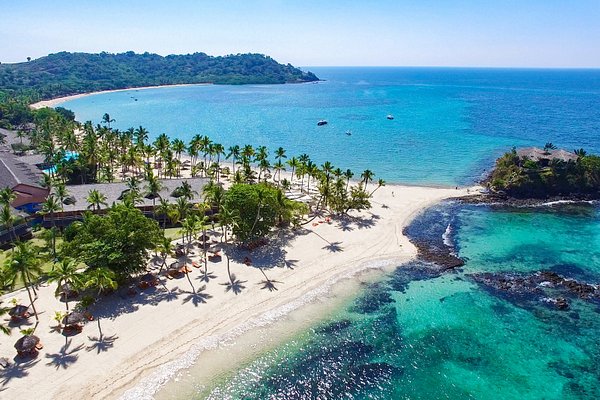
A little island called Nosy Be, also called Nossi-Bé, is situated about 8 kilometers (5 miles) off the northwest coast of Madagascar. The term “Big Island” refers to the island’s size. It is around 120 square miles in size, 12 miles (19 kilometers) wide, and 19 miles (30 kilometers) long (310 square km). The island is forested, has many craters and lakes, and was generated by volcanoes. Its summit is Mount Passot (1,079 feet). Among the island’s goods are sugar and oils for perfumery, along with rum, vanilla, black pepper, and bitter oranges. Hell-Ville is the largest town in the south, a vacation destination and port for global ships and trade across Madagascar’s west coast. There is an airfield at Fascène, which is located 12 kilometers (7 miles). The peninsula has been part of Madagascar since 1896.
Lastly, read more about travel around the world here.


